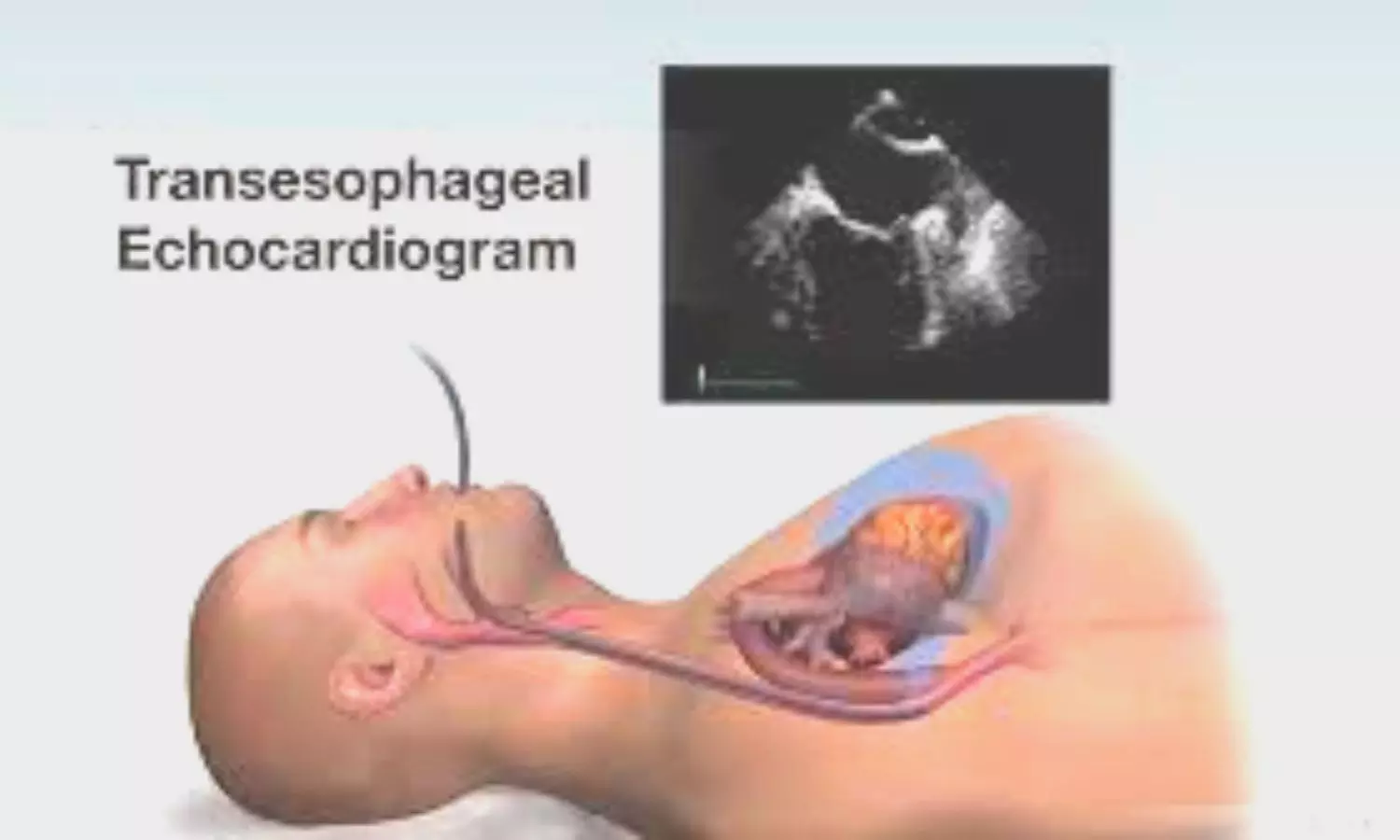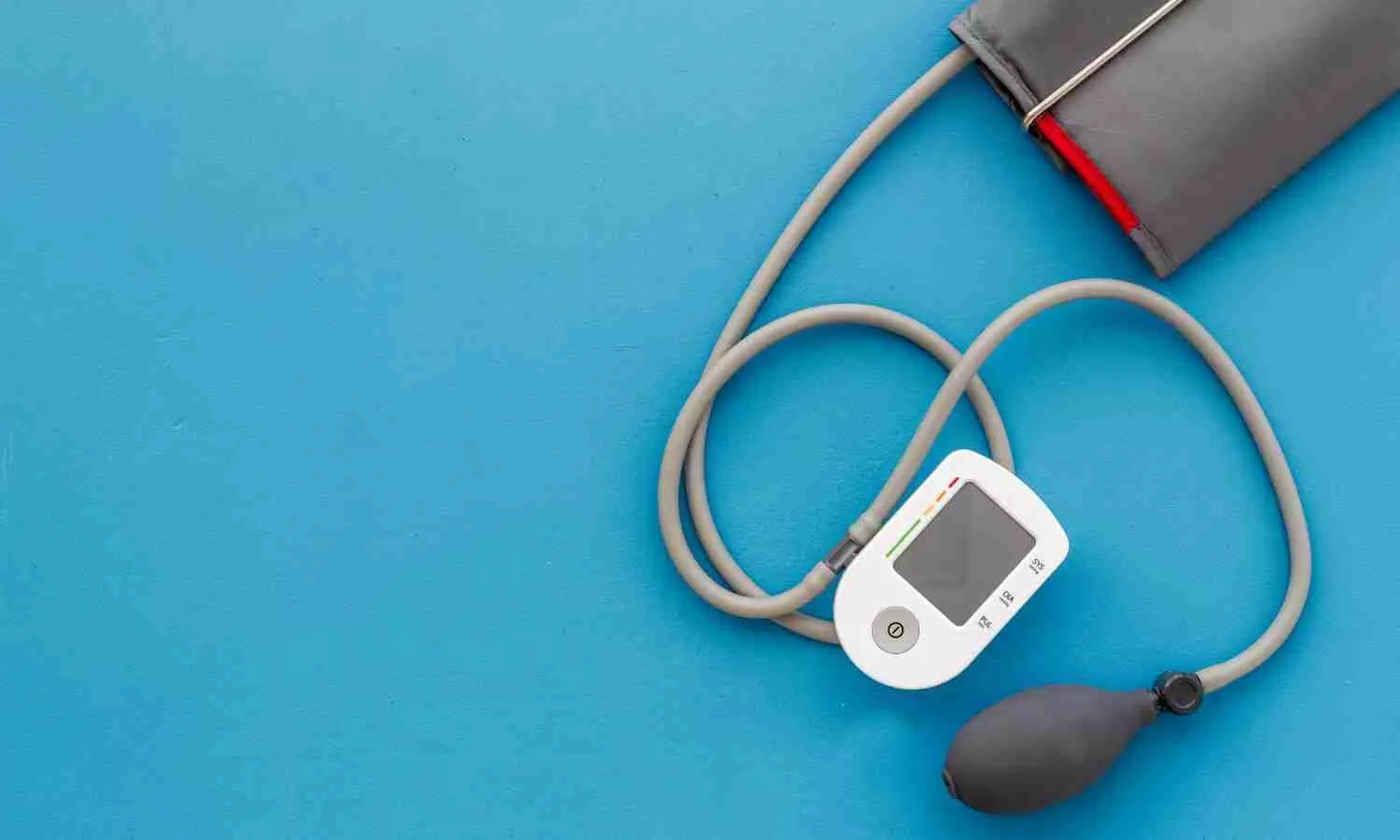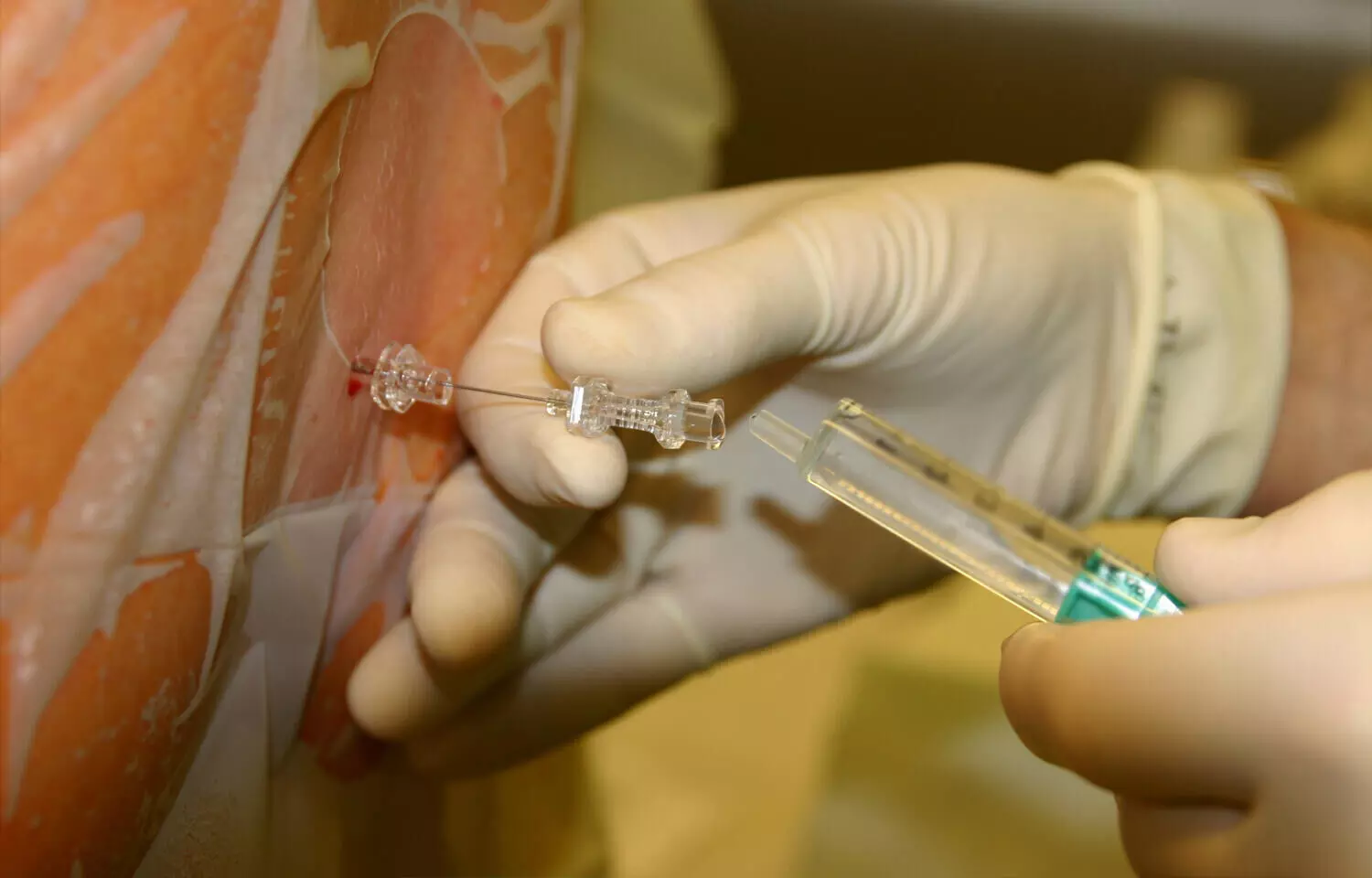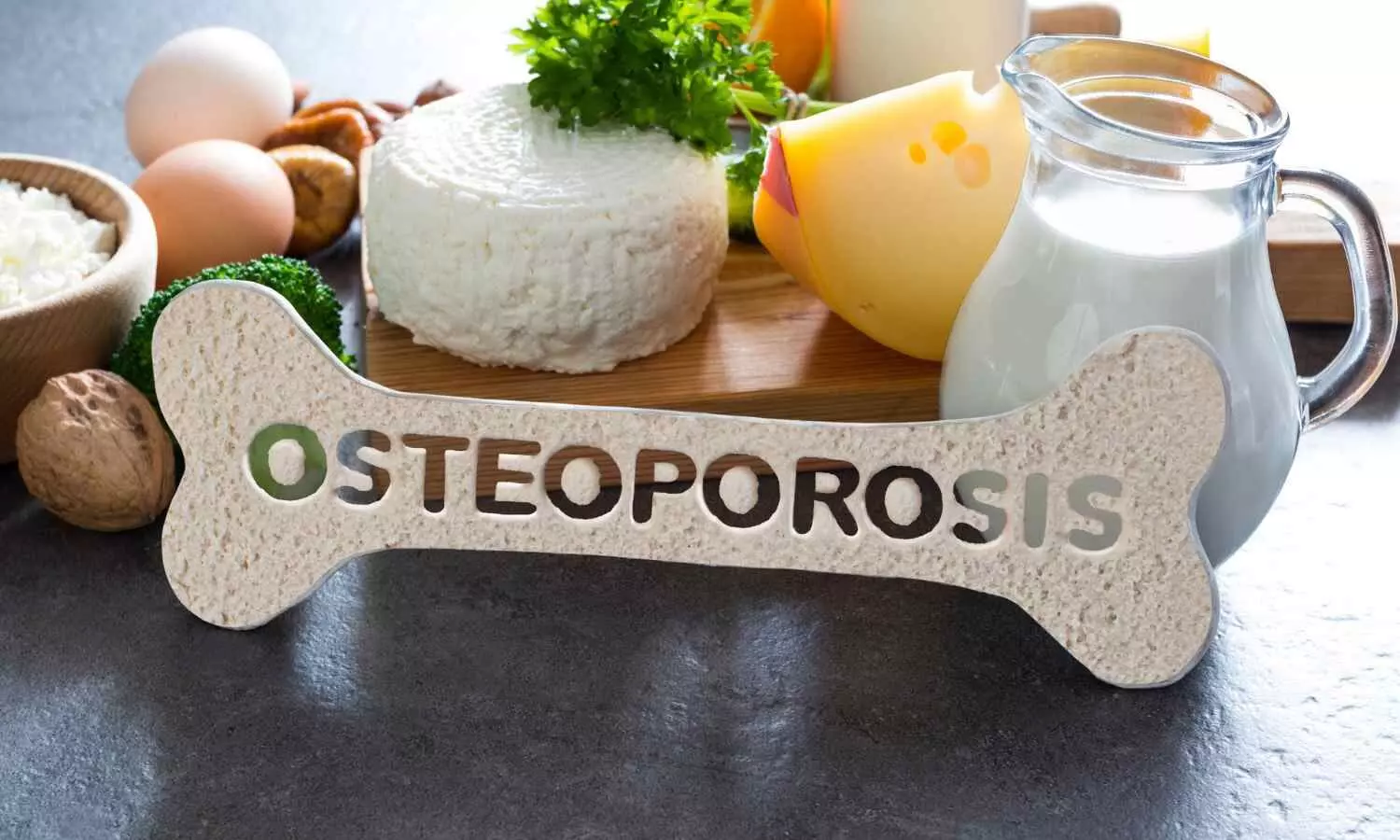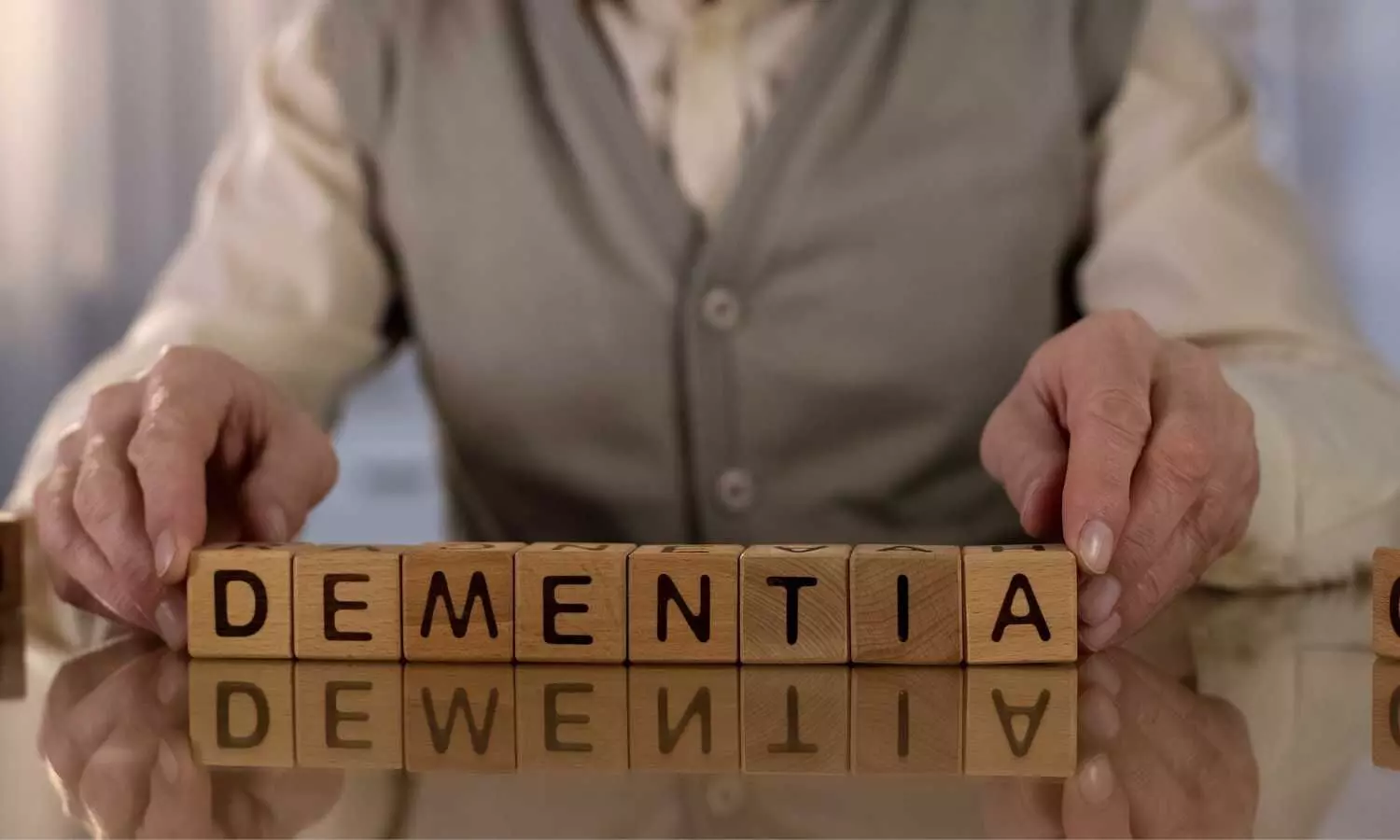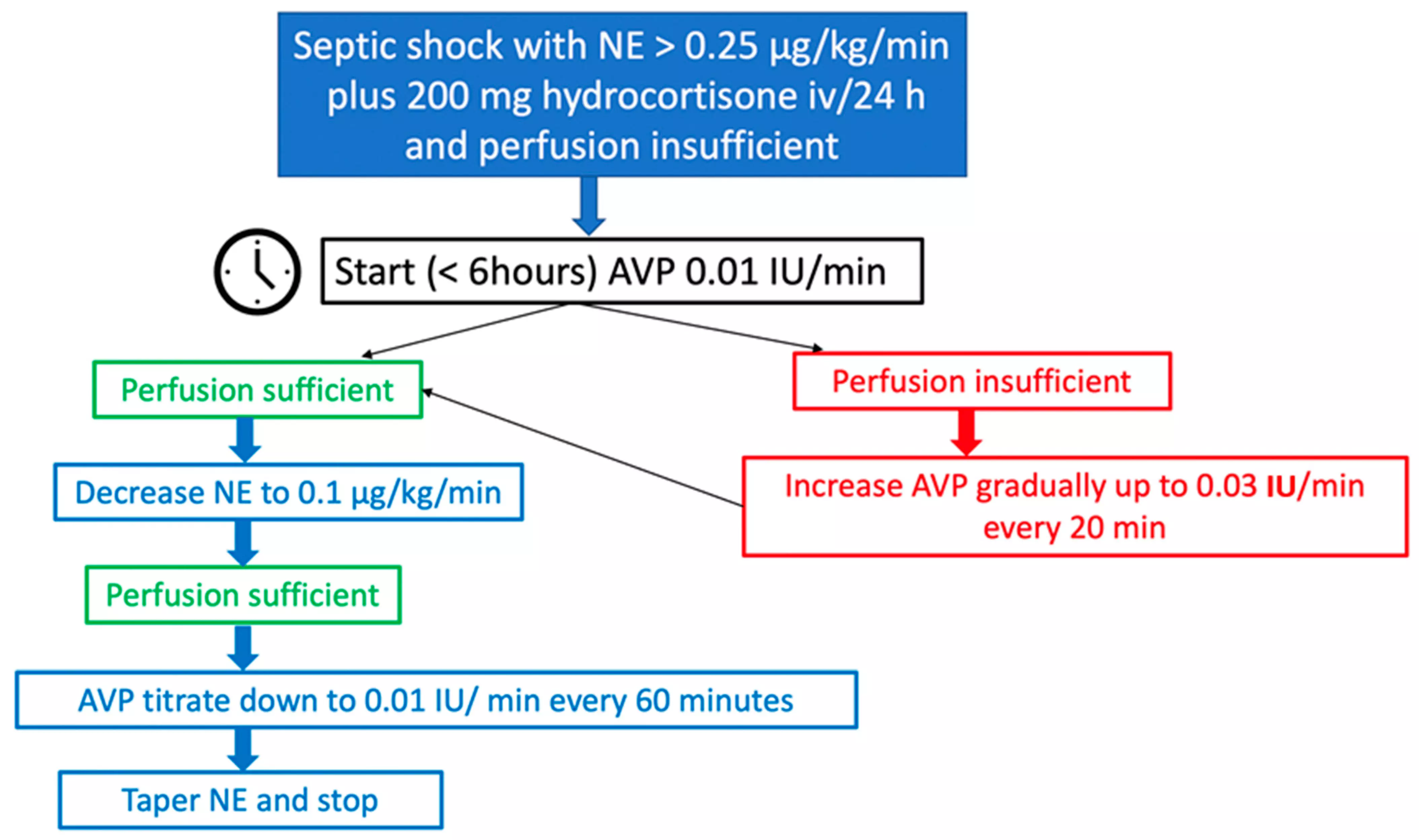Twice-Weekly and Thrice-Weekly Hemodialysis have Comparative Survival Outcomes: Study
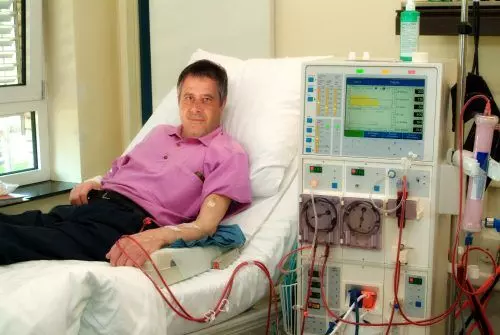
Researchers have found in a new study that Patients undergoing twice-weekly hemodialysis demonstrated comparable overall survival at two years when compared to those on a thrice-weekly schedule. While a twice-weekly regimen may serve as a viable option during the initial year of dialysis—particularly in resource-limited settings—it poses potential risks that require vigilant monitoring beyond the first year.
The optimal frequency of maintenance hemodialysis remains a subject of debate. In many countries, twice-weekly hemodialysis is still commonly practiced. This trial aimed to compare the outcomes of patients undergoing twice-weekly versus thrice-weekly hemodialysis.
This prospective, multicenter, nonrandomized trial included incident adult patients, with chronic kidney disease stage 5, initiating hemodialysis between January 2018 and August 2021. Patients were allocated to either a twice-weekly or thrice-weekly regimen, and monitored at 1, 3, 6, 12 and 24 months. This trial was terminated before reaching the required sample size due to the COVID-19 pandemic and economic factors. Recruitment achieved 25% of the projected number. Missing baseline factors were imputed using multiple imputation algorithms, then entered in a logistic regression model to estimate propensity scores. The primary outcome was two-year survival analyzed using a Cox regression survival model adjusted for propensity scores and baseline residual urine output. Secondary outcomes included hospitalization rates, uncontrolled hypertension and cumulative erythropoietin dose at two years, analyzed using regression models adjusted for propensity scores and baseline residual urine output. All analyses were conducted on an intention-to-treat basis. Results: A total of 132 patients on thrice-weekly hemodialysis and 71 on twice-weekly hemodialysis were included. The mean age was 67 ± 15 years and the median eGFR at dialysis initiation was 6 (4,8) mL/min/1.73 m2. At one year, patients in the twice-weekly group had greater residual urine output. At two years, there was no significant difference in survival (HR = 0.84; 95% CI: 0.37, 1.90), hospitalization rates (P = 0.515) or uncontrolled hypertension (P = 0.442). The twice-weekly group showed a trend toward higher erythropoietin requirements (P = 0.08). Serum potassium levels and the number of antihypertensive medications were greater in the twice-weekly group. Patients on twice-weekly hemodialysis showed comparable overall survival at two years to those on thrice-weekly hemodialysis. While a twice-weekly regimen may be a viable option during the first year of dialysis, especially in low-resource settings, it carries potential risks that necessitate careful monitoring after the first year.
Reference:
Aoun, M., Finianos, S., Beaini, C. et al. Twice against thrice-weekly hemodialysis (TATH): a multicenter nonrandomized trial. BMC Nephrol 26, 176 (2025). https://doi.org/10.1186/s12882-025-04105-3
Keywords:
Twice-Weekly, Thrice-Weekly, Hemodialysis, Survival, Outcomes, Study, Aoun, M., Finianos, S., Beaini, C, Hemodialysis, Mortality, Frequency, Twice-weekly Thrice-weekly, Residual diuresis, Residual urine output, Antihypertensive drugs, Erythropoietin, Serum potassium
Powered by WPeMatico

